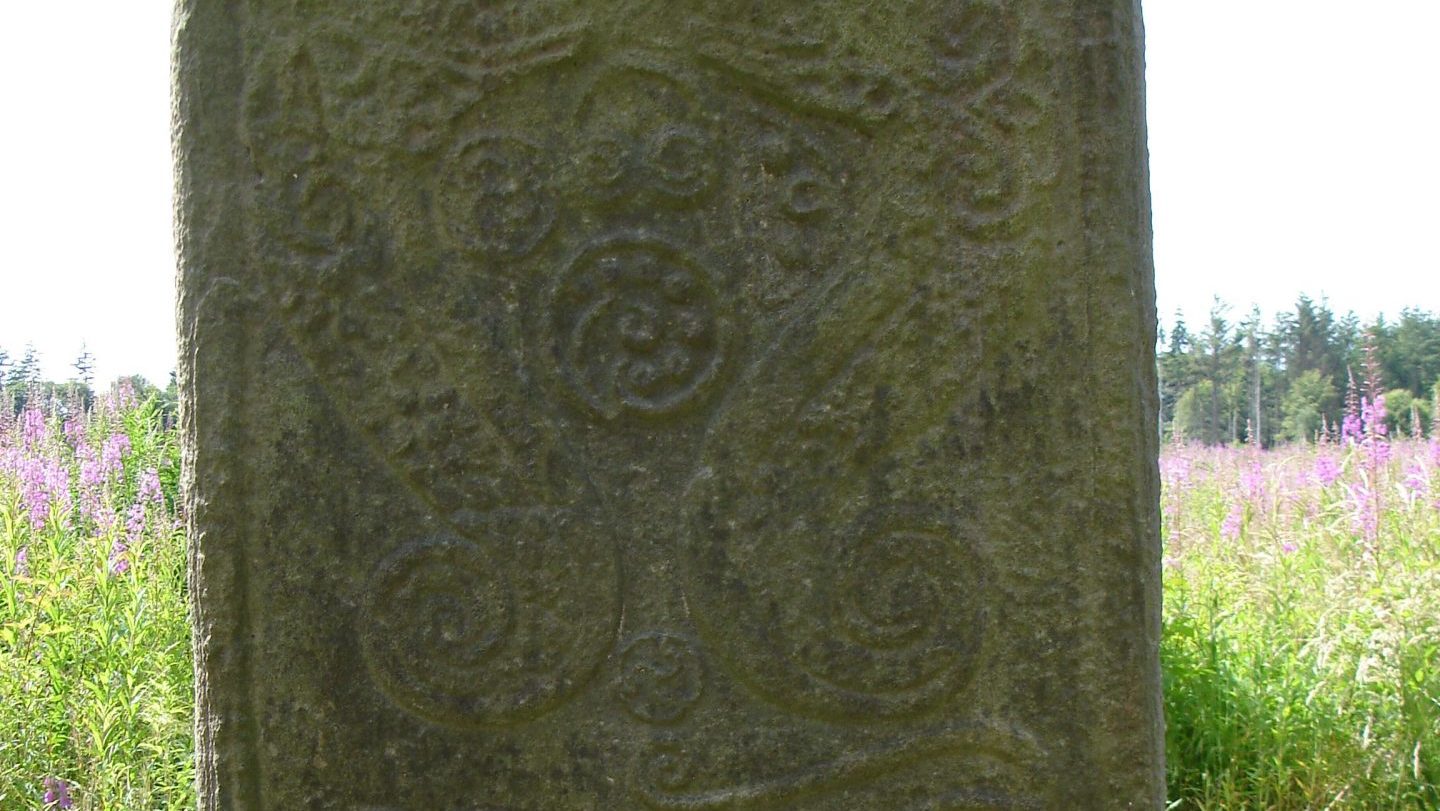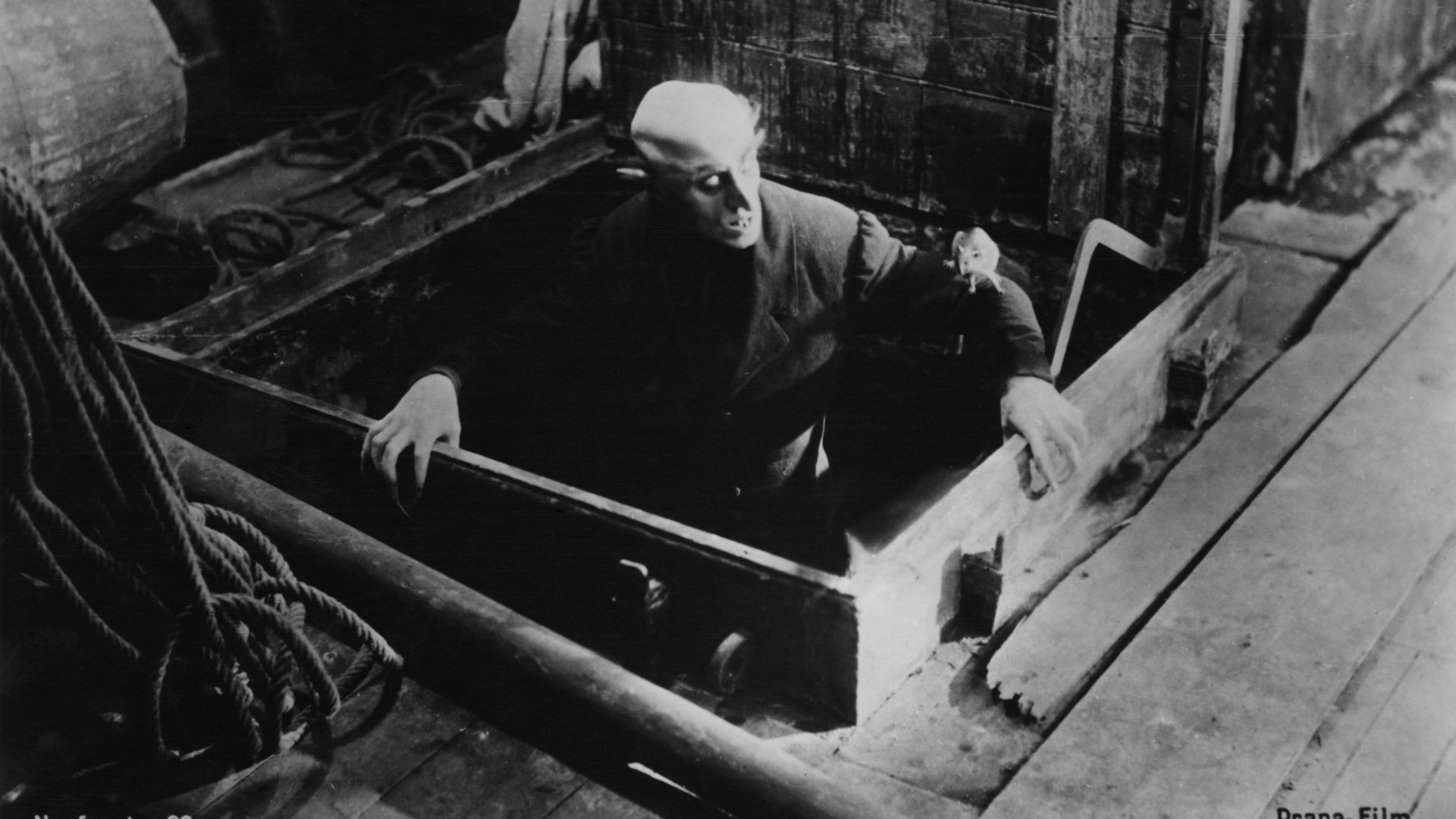The Picts were a mysterious people. They left behind them undecipherable symbol-stones. They appeared in the Viking sagas as mythical shadowy beings. They dwelt in the mists of the Scottish hills, or maybe the Hebrides,
or perhaps the Northern Isles.
No one knows where they came from. Maybe they were Phoenicians, or ancient Iberians. They spoke an enigmatic language, maybe Basque, or
Ancient Germanic, or even an ancient form of Finnish. No one knows what
happened to them – they just disappeared.
The Picts were members of primitive, savage, painted, marauding tribes who
attacked the Romans south of Hadrian’s Wall out of malice and for plunder. Or perhaps they were a proud, independent race, unsullied by contact with the decadent lifestyles of the Roman Empire, who held on to their traditional ways in the face of the oppression of cruel colonial tyrants.
Except that none of this is really very true. And the Picts are not particularly puzzling.
We do know where they were: at one time they occupied the whole of Scotland north of the Firth of Forth, albeit rather thinly because population
density was very low. And they lived there for a long time. Some of the Pictish kingdoms lasted until around 900 AD.
We do know where they came from. They were descendants of the Celtic people known to the Greeks and Romans as the Caledonians, who had arrived in the same way as the other Celts of Britain, across the English Channel.
And we know what language they spoke. Scholars are now rather well agreed that, before the Romans invaded England during the reign of Emperor Claudius in 43 AD, Britain was a monolingual island – something that has never been the case since. The language that was spoken from the Isles of Scilly to Unst in the north of Shetland, and from Kent to the Isle of Lewis in the northern Outer Hebrides, was Brittonic Celtic, the ancestor of Modern Welsh and Breton – and also the ancestor of Cornish, and of the Cumbric language that survived in the English Lake District and Strathclyde in south-western Scotland until the 14th century.
The Picts were the people who spoke the northernmost dialect of Brittonic Celtic. They came to be regarded as a distinct ethnic group because, over the centuries in their homeland north of Hadrian’s Wall, they remained culturally relatively uninfluenced by the Romans: they were still basically British rather than Romano-British.
By the 400s AD, their dialects would have become significantly different from those spoken further south, which had been greatly influenced by the Latin of the Empire. Perhaps the dialect differences had become big enough for us to be able to refer to Pictish as a different, albeit closely related language, just as we now refer to Breton, Cornish and Welsh as separate languages.
And we do know what happened to the Picts. They gradually merged with the Gaels, the people who first arrived from Ireland on the west coast of Argyll in the 200s and 300s AD. The Gaels gradually spread east and north, but it was especially their culture and their language, which we now call Scottish Gaelic, that spread. The resulting medieval Scottish Kingdom of Alba was inhabited by a mixed Gaelic-Pictish population who spoke Gaelic – but a Gaelic somewhat influenced, scholars now say, by Brittonic Pictish.
PINGERE
Pingere was the Latin word meaning ‘to paint’. Its past-participle, ‘painted’, was pictus. Picti was the plural form of this – ‘painted ones’ – and it is probable though not certain that this was the origin of the English-language ethnic designation Pict, presumably because these people tattooed or painted themselves.




